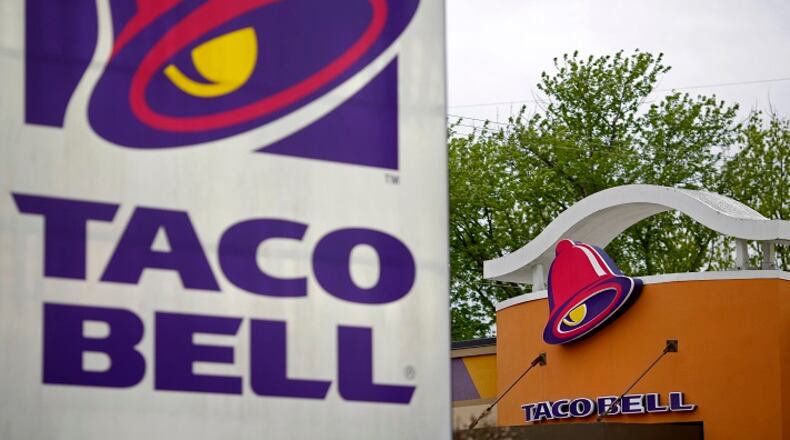Taco Bell, facing an increasingly saturated U.S. fast-food market, is ramping up restaurant openings overseas.
The Mexican-themed chain will expand from about 280 locations abroad now to 1,000 in 2020, said Melissa Lora, Taco Bell's president of international markets. This year, Taco Bell is doubling its international restaurant openings to about 40 from fewer than 20 in 2014. Even more new ones are planned for next year.
"There's a really strong pull for Taco Bell to come to different countries," Lora said in an interview. "There is a growing familiarity outside the United States with Mexican food."
Taco Bell, owned by Yum Brands Inc., is boosting its international expansion as the U.S. restaurant market becomes overrun with new and expanding chains. Domestically, fast-food sales growth is projected to slow to 1.7 percent in 2016, the lowest gain in seven years, according to data from researcher IBISWorld. That's why Taco Bell is increasingly focused on overseas markets, such as Japan, where it opened its first location earlier this year.
The chain last year said it wanted to reach about 1,550 international restaurants by the end of 2023. That goal still stands.
In 1977, Taco Bell opened its first location outside the United States in Guam. Since then, it's expanded in countries including Guatemala, Costa Rica, Britain, Spain, South Korea and most recently Japan, where it sells cheesy fries and shrimp-and- avocado burritos. Taco Bell is opening a second location in Japan this month, which will serve breakfast because it's near office buildings. The chain is focused on expanding in Asia and Europe, Lora said.
Still, Taco Bell's international presence is tiny compared with Yum's other brands, KFC and Pizza Hut, which have thousands of locations across the globe. That's because Mexican fare isn't as familiar as pizza and chicken outside the U.S.
To help customers better understand nachos and burritos, Taco Bell enters new countries with a smaller menu, offering just the basics as founder Glen Bell did when he opened the first location in 1962. The chain's new international locations feature an open kitchen so diners can see their food being made.
Social media, including Instagram, also is fueling a better understanding of Mexican food abroad, said Lora, who's active on the photo-sharing app.
"They don't always understand what the food is, or how to order the food, or what the ingredients are," she said. "It takes the mystery out of it."
About the Author
The Latest
Featured


